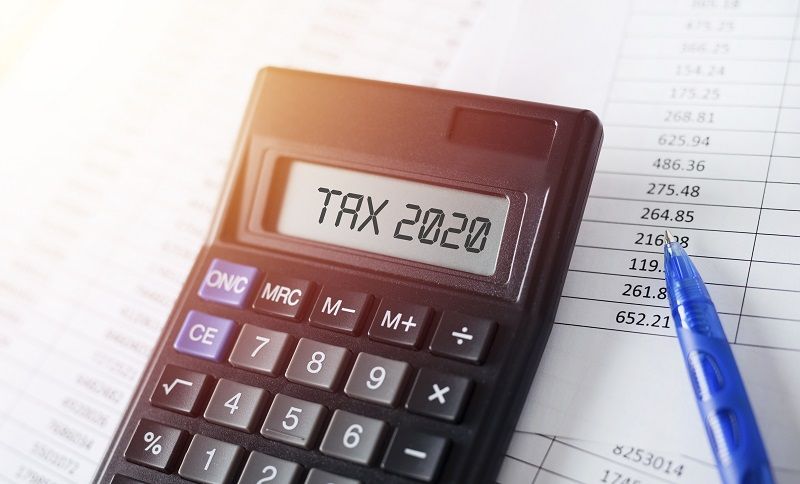

Summary
Public policy advocates and lawmakers have proposed numerous programs allowing people to accumulate assets, as opposed to simply receiving cash benefits, in the hope of breaking cycles of poverty and government dependency. In the guise of an asset-building tool, the Federal ASPIRE Bill is actually another entitlement program. Policymakers realize this, and this is the reason it has not become law.
Word count: 810
Public policy advocates and lawmakers have proposed a variety of programs allowing people to accumulate assets, as opposed to simply receiving cash benefits, in the hope of breaking cycles of poverty and government dependency. Some of these new programs have been successful, such as Health Savings Accounts and 529 College Savings plans; but other proposals have not. It is important for the asset-building community to understand what works and what does not, so that we can move forward with proposals that embody the strengths of asset-building, while avoiding the pitfalls of proposing yet another new program with a high chance of failure.
The Americans Saving for Personal Investment, Retirement, and Education (ASPIRE) Bill is one program that has missed the mark. Promoted since 2004, the goal of the bill is to set up a “KIDS Account” at birth for every child in America.
According to the bill, a KIDS Account for every American baby would be endowed with a one-time $500 contribution at birth and an additional $500 for newborns in low-income families. Further contributions from any source could be added to the account and would grow tax-free. Contributions for children in low- and middle-income families would be matched by the government.
Funds in the account could be withdrawn for postsecondary education, for the purchase of a home, or for retirement. At age 30, account holders would be required to repay the initial deposit that they received from the government on an inflation-adjusted but interest-free basis.
This idea has cut across left-right political polarities because of its focus on youth saving. New York Times columnist David Brooks commented in 2005 that ASPIRE-style accounts are a worthy idea, as they anticipate the coming entitlement crunch and adapt to it. Such “asset-based welfare,” he said, “might pave the way for other asset-based programs designed to give young people a better start in life, not just secure their retirement.”
Yet, in four years politicians have not been convinced enough to convert it into law for two main reasons:
First, KIDS Accounts would be a brand-new entitlement and not a replacement for the present welfare state. It would be part of the same cradle-to-grave welfare system that pays benefits to one generation by imposing taxes on another.
Second, it has a big price tag. The program would be administered by the Treasury Department, with the cost estimated at $3.25 billion the first year and $37.5 billion over 10 years. How would it be paid for?
Oregon experienced something similar to this funding problem in the early 1990s. The Individual Children’s Development Accounts (CDA) Program was passed in Oregon in 1991. CDAs were optional, individually owned, interest-bearing accounts, a lot like Individual Retirement Accounts with specific state tax benefits. They could be used for college education, long-term training, business capitalization or first home purchases. Accounts would be open to any Oregonian, with the opportunity for children from low-income families to receive a match through a community program, union, business or individual.
The original bill had an undesignated amount of money attached to it. State Representative Beverly Stein, who had introduced the bill in the Oregon legislature, realized the fiscal realities and made the strategic decision to remove the funding allocation from the language in the bill. Her doing so was an important reason that the bill passed smoothly. Following the 1991 session, The Oregonian endorsed Rep. Stein’s efforts, but the problem of funding still existed. Eventually, CDAs got shifted to the backburner because of the funding issue.
This funding stalemate could be solved if we examine existing use-it-or-lose-it programs for American children and see if some of them could be converted into KIDS Accounts, or if they could be restructured in a way that funds could be saved if not used. Approximately $837 billion is spent on a combination of direct and indirect federal entitlement programs benefiting children.
The lion’s share of this goes to K-12 education ($484 billion). The rest goes to social services like Child Welfare Services, Headstart and Child Tax Credits, and income security programs like Temporary Assistance for Needy Families (TANF), Medicaid, State Children’s Health Insurance Program (SCHIP), etc. Programs like SCHIP, the Child Tax Credit (CTC), and No Child Left Behind (NCLB) will be facing reauthorization in the next administration.
Savings programs like ASPIRE are not making it to the top of the policy priority list because people are not convinced that they are really asset-building programs and not just another entitlement. Too much governmental control and handholding exist in programs like ASPIRE and not that much opportunity for individual choice, especially if clauses are attached that require account holders to repay the initial deposit that they received from the government when they reach a certain age. Asset-building programs should be designed so that individuals get full ownership of their assets and are not controlled by policies at every step.
Attention editors and producers:
Cascade Commentaries are provided for reprint in newspapers and other publications, with credit given to author(s) and Cascade. Contact Cascade to arrange print or broadcast interviews on this commentary topic.
Electronic text files are available online at www.cascadepolicy.org.
Please contact:
Nancy Wheaton
Cascade Policy Institute
4850 SW Scholls Ferry Rd.
Suite 103
Portland, Oregon 97225
Phone: (503) 242-0900
Fax: (503) 242-3822
www.cascadepolicy.org
info@cascadepolicy.org
Cascade Policy Institute is a tax-exempt educational organization as defined under IRS code 501 (c)(3). Nothing appearing in this Cascade Commentary is to be construed as necessarily representing the views of Cascade or its donors, or as an attempt to aid or hinder the passage of any bill before any legislative body. The views expressed herein are the author’s own.











